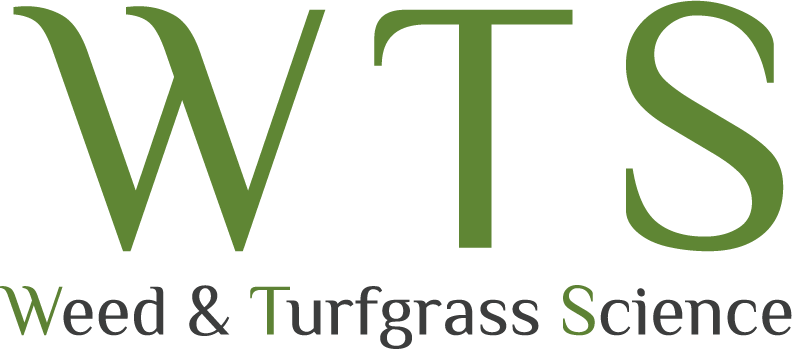Abstract
Water is one of the major growing factors that affect plant growth and survival under drought stress. Water deficits induce deleterious effects such as plant growth and photosynthesis reduction. Kentucky bluegrass (
Figures & Tables

Fig. 1. Daily air temperature (℃) from April 14, 2021 (DAT 8) to July 28, 2021 (DAT 113). The unit of precipitation is millimeter (mm). Daily air temperature and the amount of precipitation were measured at weather station in Cheon-an, Korea (weather-i). The shaded area in the figure indicates optimum temperature range for the shoot growth of cool-season grasses.


